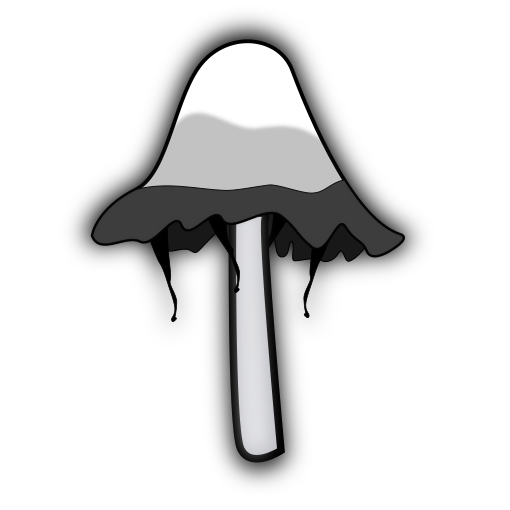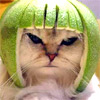Genus Parasola doesn’t really deliquesce to ink like the other inkys but they’re very similar otherwise so they’re usually considered inky caps anyway.
Here are the same Parasola two days after the first photo, as you can see they just sort of shrivel and tatter.

I can’t say for sure which species of Parasola these are because species within this genus tend to be difficult/impossible to differentiate. Even just within the Pacific Northwest this genus contains many cryptic genetic species which don’t even have names yet, much less reliable descriptions.
This looks very different than the inky caps I know (and eat). Different genus, too. Are these edible? The Genus I know is Coprinus. Not sire about parasoles.
For a long time, all the inky caps were in Coprinus. Then genetic testing revealed that Shaggy Mane inky caps (Coprinus Comatus and similar big shaggy meaty inky caps) aren’t related to the others, they just evolved the ability to turn to ink independently to take advantage of whatever ecological niche turning to ink gets you (mycologists aren’t really sure). Coprinus is in the Agaricus family (portabellos) while all the others are in the Psathyrella family (small mushrooms with thin brittle stems that no one really pays attention to).
So the big shaggy inkys got to keep Coprinus and the rest got new genera under Psathyrellaceae, one of which is Parasola.
As for the question of edibility, Parasola are likely not toxic but they’re too small for anyone to really consider eating.
The most commonly eaten ex-Coprinus are the Coprinopsis Atramentaria complex which are the ones that make you sick if you have alcohol within a couple days or so of eating them. The real Coprinus don’t react with alcohol.


